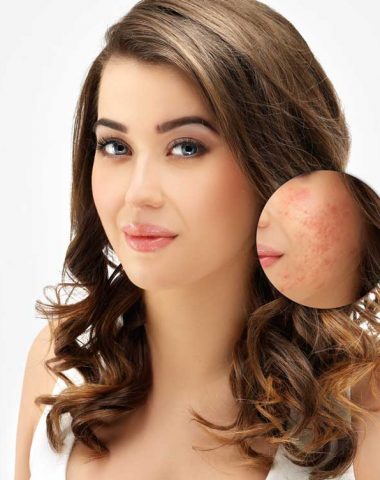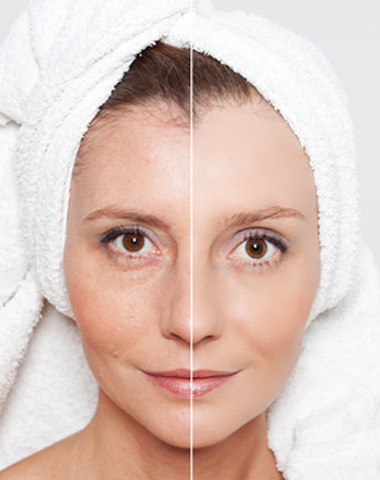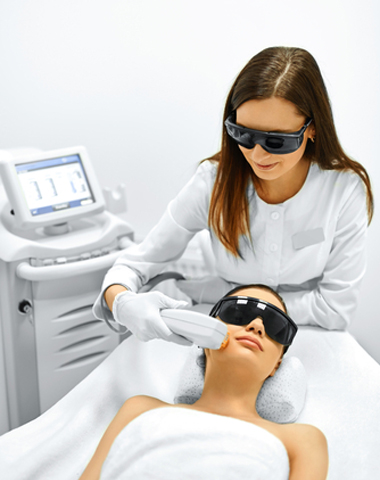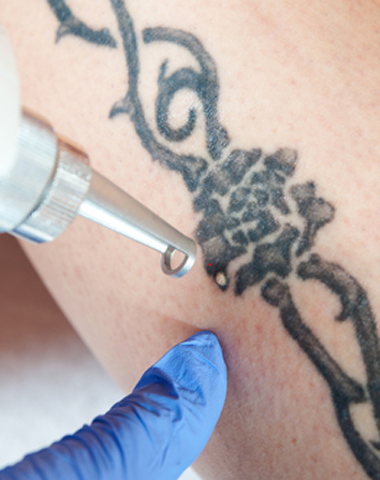 Ever looked in the crease of your neck or armpit and been horrified to find a little, fleshy growth? Sometimes they hang by a stalk, other times they’re bumps, so at first glance, you might think pimple or wart, but these little balls and bumps are skin tags.
Ever looked in the crease of your neck or armpit and been horrified to find a little, fleshy growth? Sometimes they hang by a stalk, other times they’re bumps, so at first glance, you might think pimple or wart, but these little balls and bumps are skin tags.
How do I know it’s a skin tag and not something else?
Also known as cutaneous tags, soft fibromas, acrochordons, and fibroepithelial polyps, despite their many medical terms and being classified as tumours, skin tags are utterly benign and painless (unless, of course they’re pinched or irritated which may lead to infection). Plus, they’re easy to differentiate from melanoma since they tend to match your skin tone (maybe slightly darker) and are often attached to your skin by a narrow stalk. The average skin tag measures a mere 2-5mm but some can grow to be as large as a fig!
Sometimes other skin growths may be confused with skin tags: warts, barnacles (seborrheic keratoses), and different types of moles. But don’t worry, skin tags are typically easy to diagnose and they aren’t contagious like warts.
What causes skin tags?
Because they’re caused by friction, skin tags are most often found in skin folds (think groin, armpits, necks, eyelids, and under breasts) which means they’re also incredibly common. Almost everyone will have a skin tag at some point in their lives (some people get more than 100 skin tags!), but they’re most common among people over 50 years old and people that are overweight. However, kids can get them from excessive eye rubbing and repetitive friction caused by playing sports. And because of hormone elevation and rapid weight gain, some women develop skin tags during pregnancy.
How do I get rid of them?
While it may be tempting to try to twist, pinch, pull, or cut them yourself, trying to get rid of a skin tag on your own might cause irritation or infection. Plus, picking at them can just cause them fill with blood or turn black or red – which just ends up making them more unsightly!
Typically, skin tags are only removed if they’ve become irritated, infected, or unsightly. Sometimes, skin tags fall off by themselves, but usually a short trip to the dermatologist can take them off quickly and safely.
At Rao Dermatology, we remove skin tags with liquid nitrogen (freezing), a carbon dioxide laser (burning), or a small incision (cutting). The size and location of your skin tags, as well as your unique skin, will determine the course of treatment. To minimize discomfort, we’ll numb the are with an anesthetic and, if it bleeds, we might apply a topical ointment or bandage. Skin tag removal doesn’t usually leave scars either, so you can rest assured that when it heals, your unsightly problem will be gone.


















